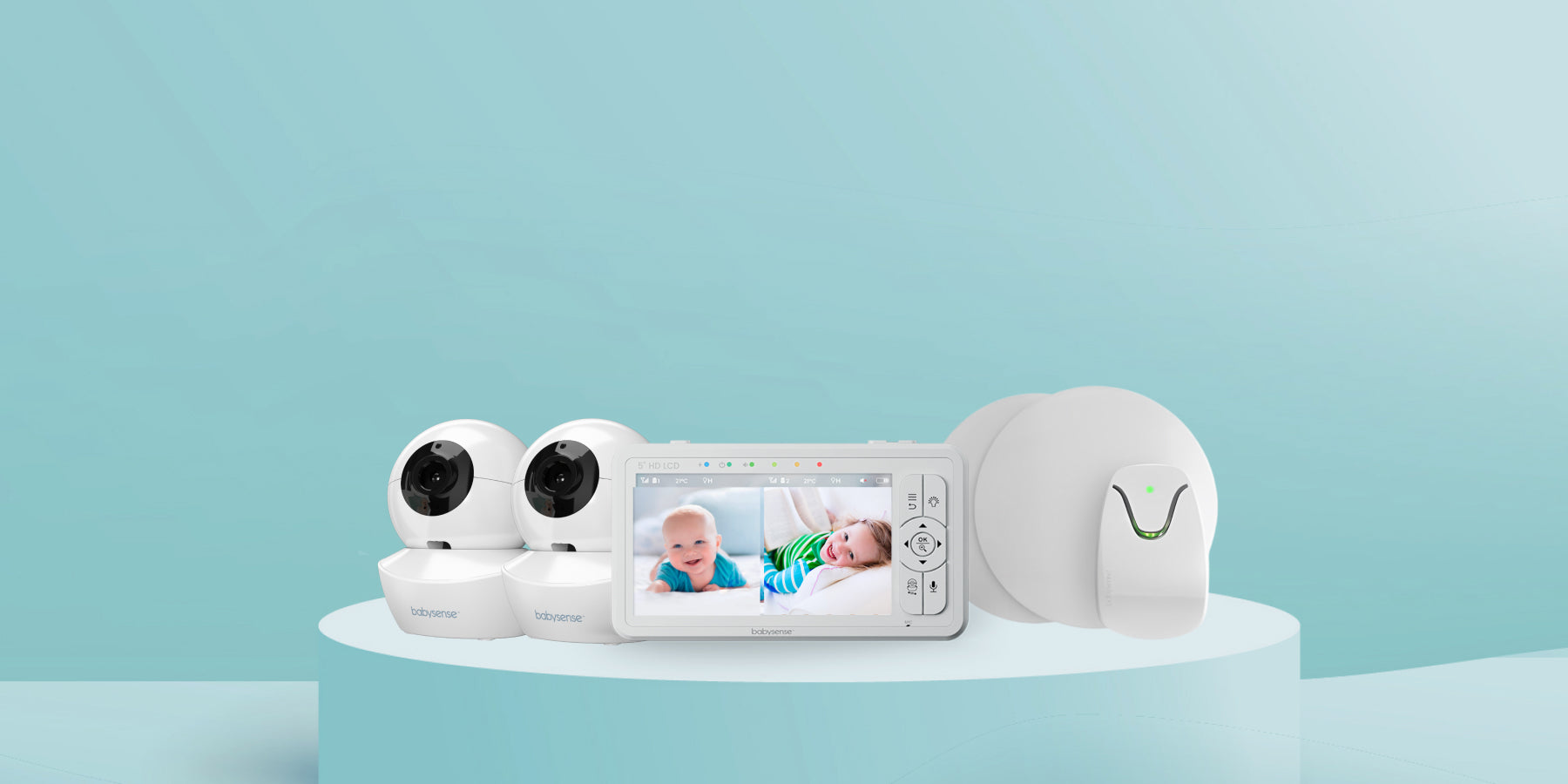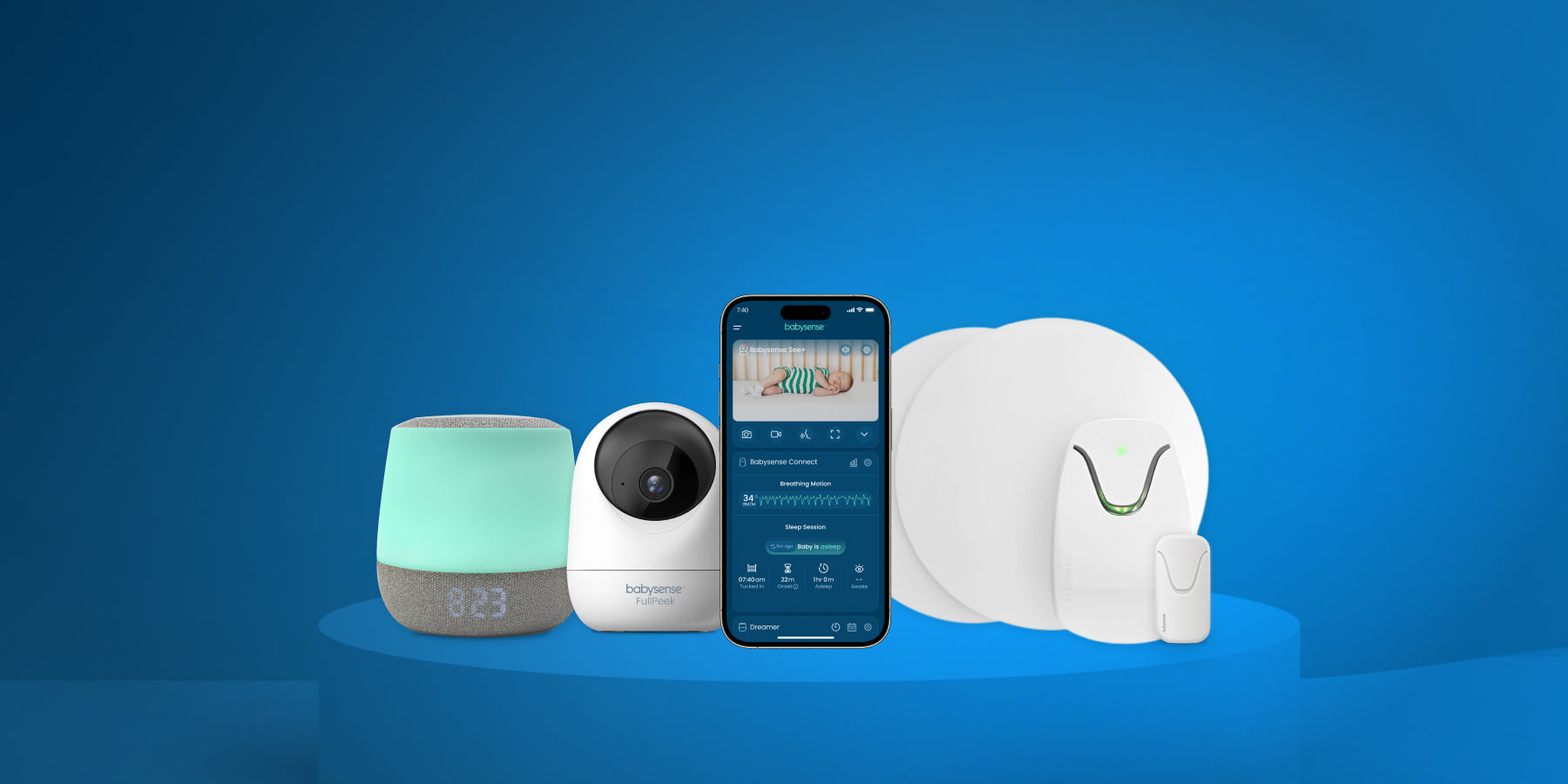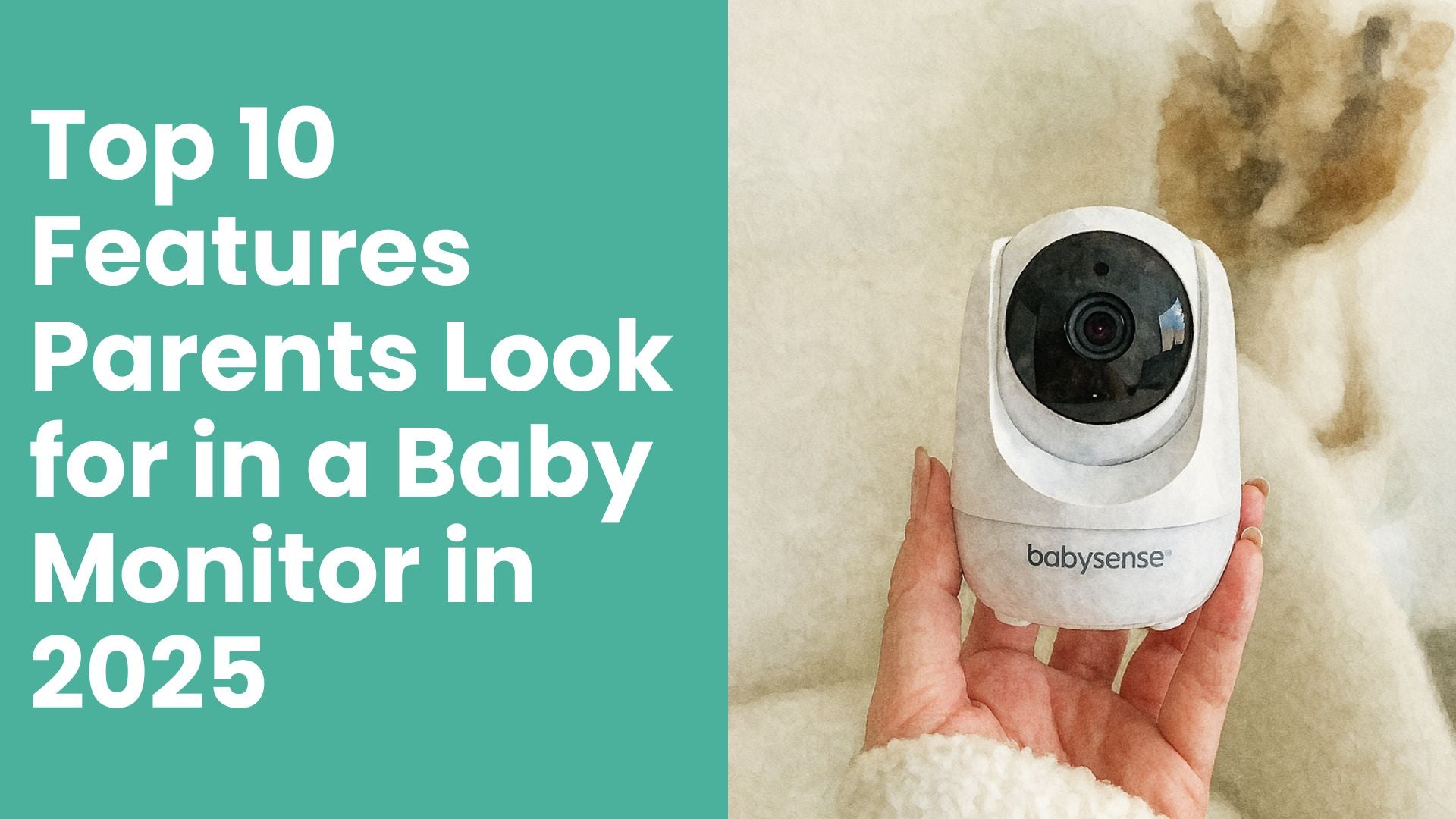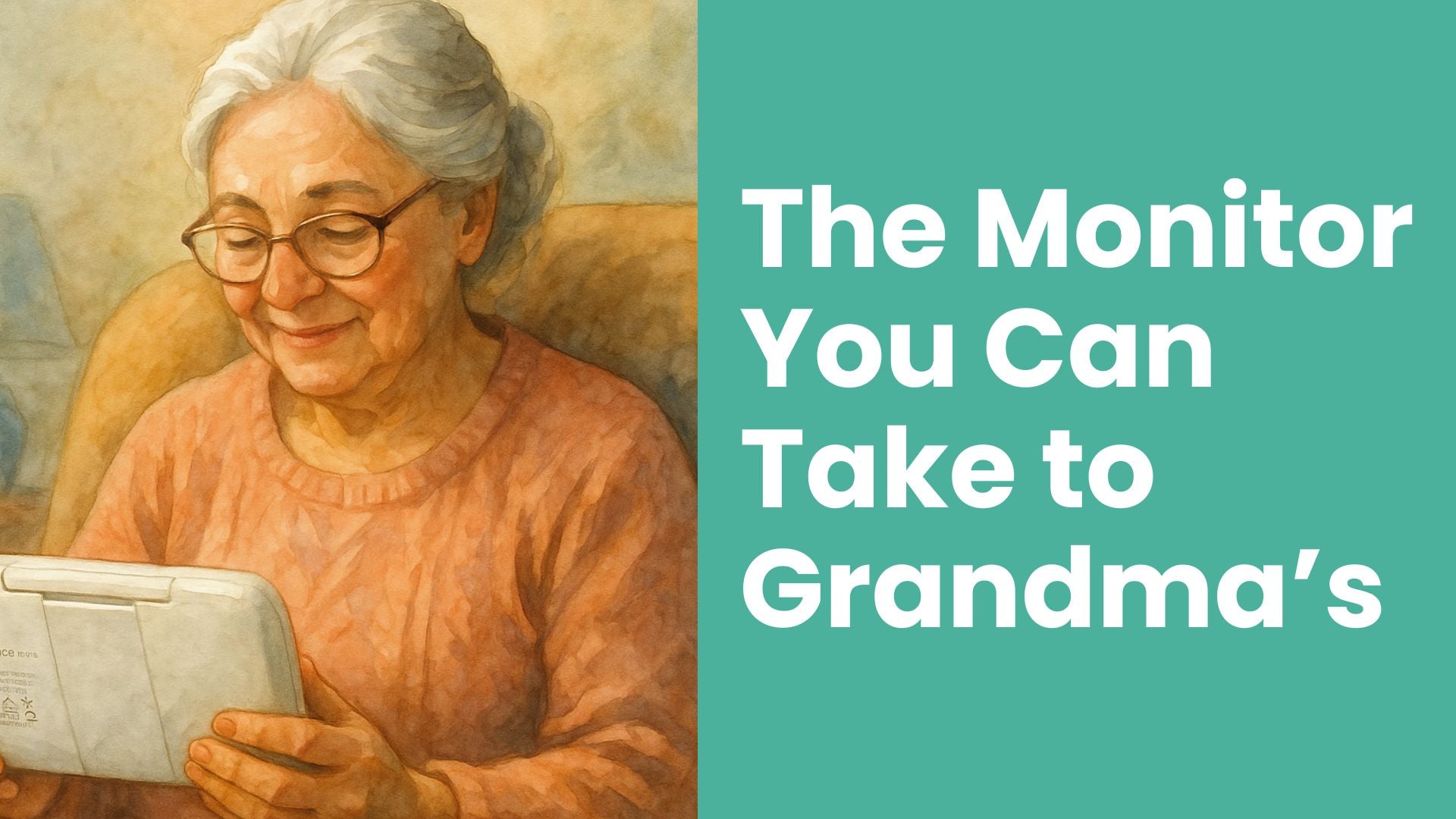In this guide you’ll learn:
- Early and severe baby dehydration signs you can spot at home
- Why infants and toddlers lose fluids faster than adults
- The biggest dehydration triggers—vomiting, fever, hot weather, low intake
- Exact, pediatrician-backed prevention and rehydration steps (breast/formula, ORS, water)
- Clear rules on when to call the doctor versus rushing to the ER
- Fast answers to parents’ most-asked dehydration questions
Dehydration strikes quickly in babies and toddlers because little bodies have higher water needs per pound, immature kidneys, and a larger skin-surface-area-to-body-mass ratio. American Academy of Pediatrics (AAP) data show that even mild fluid loss can progress to an emergency within hours—especially during stomach bugs or summer heat waves. Learning the warning signs and proven rehydration tactics puts you in control and keeps ER visits rare.
Why Babies Dehydrate Faster Than Adults
Newborns are roughly 75 % water, while adults hover near 55 %. At the same time, infants:
- Lose heat (and therefore water) faster because of a large head-to-body ratio
- Have kidneys that can’t concentrate urine efficiently until around 12 months
- Can’t ask for a drink or adjust clothing when they feel hot
Result: a short bout of vomiting, a skipped feed, or a hot afternoon can tip them into a deficit.
Baby Dehydration Signs (Early → Severe)
| Mild / Early Signs | Moderate–Severe Signs |
|---|---|
| Fewer than 6 wet diapers in 24 h (or <1 every 3 h) | No urine ≥ 8 h / only 1–2 diapers in a day |
| Dry mouth or cracked lips | Parched mouth and no tears when crying |
| Sunken soft spot (fontanelle) or eyes | Very sunken eyes, cool mottled skin, poor skin turgor |
| Irritability, less play, mild drowsiness | Limpness, difficulty waking, listlessness |
| Urine darker yellow | Rapid breathing or heartbeat, seizure, collapse |
Source: Mayo Clinic, Lurie Children’s
Top Causes of Fluid Loss
1. Gastroenteritis (Stomach Flu)
Rotavirus, norovirus, and other bugs cause rapid “output.” A single eight-hour stretch of forceful vomiting or watery stools can drain up to 7 % of body weight, says the Cleveland Clinic. That’s the difference between mild and severe dehydration in a 15-lb infant.
2. Fever
For every 1 °F rise above 99 °F, water loss through the skin and breath jumps 10 %. Treat fevers ≥ 102 °F (38.9 °C) with an AAP-approved antipyretic and add extra feeds or clear fluids.
3. Hot Weather & Over-Bundling
Babies sweat under blankets, stroller covers, or heavy car-seat inserts. Outdoor temps over 90 °F (32 °C) plus humidity crank up sweat losses. Dress infants in a single lightweight layer and offer breast/formula every 2 h.
4. Low Fluid Intake
Teething pain, nasal congestion, or simply being “too busy playing” can slash intake. Track wet diapers to catch deficits early.
Prevention & At-Home Rehydration
Breast / Formula First
Keep usual feeding schedules. Breast milk is 80 % water and supplies electrolytes and immune factors. If baby can’t tolerate big feeds, offer smaller, more frequent sessions.
Introduce ORS at the First Loose Stool
The World Health Organization’s low-osmolarity oral rehydration solution (ORS) reduces hospitalizations by 40 %. Start with teaspoon (5 mL) doses every 5 minutes for 30 minutes, then increase as tolerated.
Quick dosage guide (per American Family Physician)
- Under 22 lb (10 kg): 2–4 oz (50–100 mL) ORS after each diarrheal stool or vomit
- Over 22 lb (10 kg): 4–8 oz (100–200 mL)
Water for Toddlers ≥ 12 months
Plain water is safe after the first birthday. Encourage 1–2 oz every 20 minutes of active outdoor play.
Environmental Tweaks
- Dress in breathable cotton; remove hats indoors
- Use a fan or stroll in shaded paths during hot days
- Limit outdoor play to early morning or late evening in heat waves
When to Call the Pediatrician (or 911)
Call the doctor if:
- < 6 wet diapers in 24 h OR none for 8 h
- Vomiting > 24 h or diarrhea > 48 h
- Fever ≥ 102 °F with any dehydration signs
- Refuses all liquids > 6 h (toddlers) or skips ≥ 2 feeds (infants)
Go to the ER / dial 911 for:
- No urine 12 h, eyes extremely sunken, or soft spot deeply sunken
- Limpness, unresponsiveness, or seizure
- Rapid breathing, gray/bluish lips, cool mottled skin
FAQ — Quick Answers
Can I give plain water to a 3-month-old?
No. Babies under 6 months should get only breast milk or formula. Plain water can dilute sodium levels and cause seizures (AAP).
Is juice okay for dehydration?
Not under 1 year. In older toddlers, dilute 1 part juice to 4 parts water to avoid worsening diarrhea.
Which ORS brand is best?
Pedialyte®, Enfalyte®, and any store brand labeled “oral electrolyte solution” meet WHO specs. Homemade sugar-salt mixes risk incorrect ratios.
How do I check diaper output at night?
Place a dry tissue in the diaper at bedtime; it will be damp or discolored if baby urinates.
Bottom Line
Track wet diapers, mouth moisture, and energy level. Begin extra fluids at the first sign of trouble, and carry ORS in your medicine cabinet for fast action. Early intervention stops most cases of dehydration long before hospital care is needed.
Disclaimer: This article is educational and does not substitute for professional medical advice. Contact your pediatrician with any concerns.





